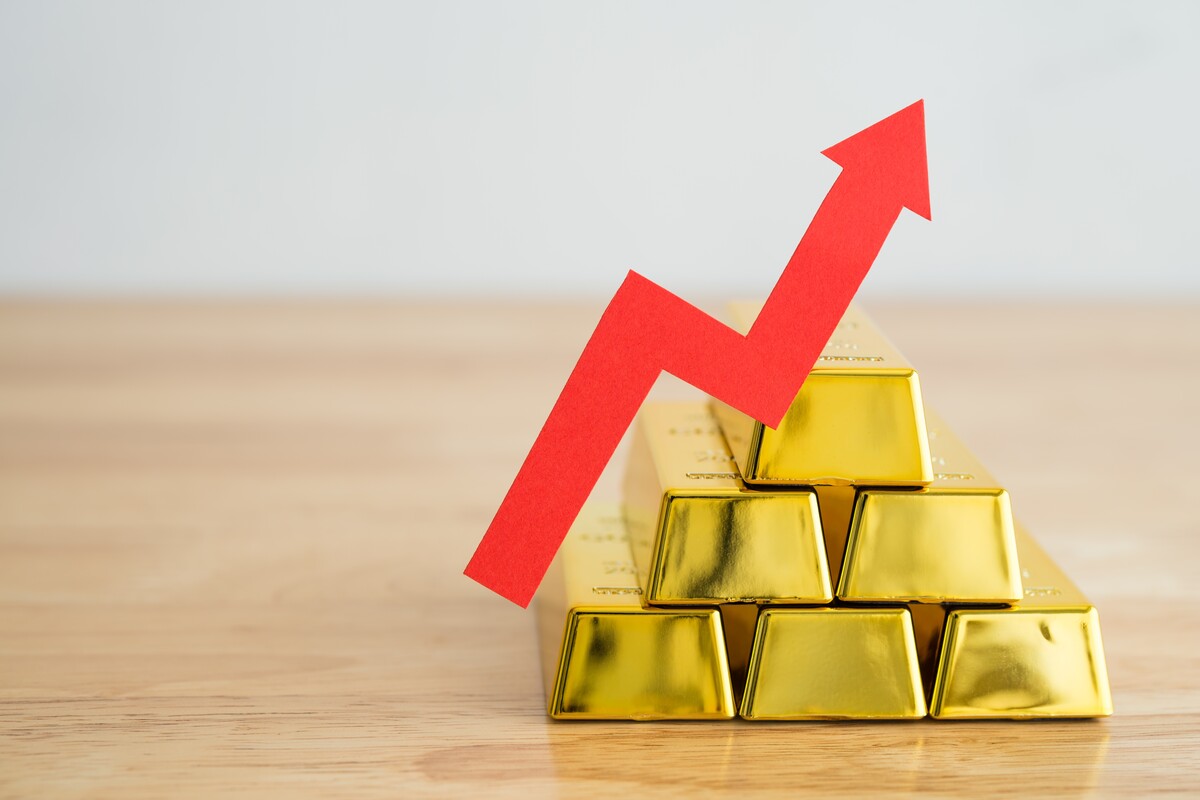Gold prices have continued to surge, hitting $2,036.71 on Friday and showing strong support near $2,015. The increase in gold prices is attributed to the weakening U.S. dollar and escalating geopolitical tensions in the Red Sea.
The U.S. dollar retreated despite a brief spike triggered by higher-than-expected U.S. Consumer Price Index (CPI) data. The CPI rose 0.3 percent last month, with an annual gain of 3.4 percent, surpassing expectations. However, concerns over the Chinese economic recovery and increasing geopolitical risks have led market sentiment to lean towards a 70 percent probability of a March Federal Reserve interest rate cut, contributing to the increase in gold prices.
The short-term outlook for gold remains stable, with the 21-day Simple Moving Average (SMA) and 50-day SMA at $2,045 and $2,016, respectively. The 14-day Relative Strength Index (RSI) indicator suggests that gold buyers hold the upper hand, and the bullish crossover pattern between the 100- and 200-day SMA continues to support gold prices.
Looking ahead, the gold market will closely watch the U.S. Producer Price Index (PPI) data and the Federal Reserve’s moves, as well as geopolitical developments. These factors will influence gold’s short-term trajectory in the global market.
In addition to the information provided, it’s important to note that gold has historically been seen as a safe-haven investment during times of economic and geopolitical uncertainty. The recent surge in gold prices reflects investors’ uncertainty about the future, and their desire to have a stable investment in a volatile market. As global tensions continue to rise and monetary policy remains uncertain, it is likely that gold will continue to be a safe-haven asset for investors seeking stability in their portfolios.









